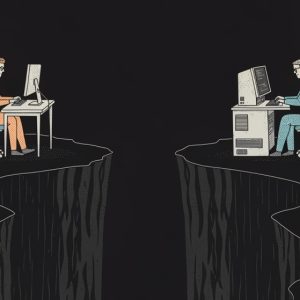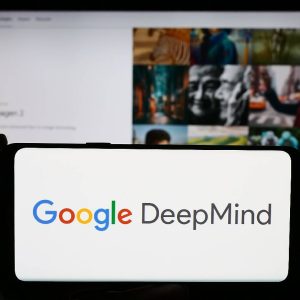
Being an inclusive and diverse organisation is about having a business based on talent and the right skills irrespective of a person’s gender, age, disability, ethnicity, sexual orientation, gender identity or social background.
In an increasingly globalised, hyper-connected and multi-cultural society, diversity and inclusion (D&I) are key drivers of employee engagement and productivity, talent acquisition, retention, innovation and growth.
Not only does workforce diversity and workplace inclusion improve an organisation’s performance by enhancing agility, innovation, productivity, decision-making and customer relationships, D&I can help companies live up to a commitment of being a responsible business.
That’s because creating an environment where employees feel comfortable to be completely themselves, valued and encouraged to achieve their full potential, has a powerful impact on business.
However, whilst businesses are increasingly recognising the power of a diverse workforce, many still have difficulties hiring the correct mix. To help remedy this, technology is lending a helping hand in enabling businesses to pinpoint the right talent for the role.
Finding the right candidates
Since the industrial revolution we have witnessed how emerging technologies are reshaping the way we work.
Today, HR departments are one of many functions at the forefront of this revolution, increasingly using technology in areas such as recruitment and talent acquisition.
Take Artificial Intelligence as a prime example of this.
Whilst such technology has potential across all aspects of a business, AI especially is being used to support organisations with hiring a more diverse workforce.
One way is by helping to avoid unconscious bias – where a person’s background, personal experiences, social stereotypes and cultural context can have an impact on their decisions and actions without them realising it – in their assessment of job candidates. For example, a recruiter who went to private school may be naturally drawn to the CVs of those candidates who have also been privately educated.
As people often don’t realise they have them – which is why they’re called unconscious – the simple truth is there is a likelihood that the unconscious biases of those involved in the recruiting process will affect the many aspects of that process.
The use of advanced technologies such as machine learning and artificial intelligence presents the opportunity to make finding the right candidates easier.
In fact, recent research published by Korn Ferry Futurestep found AI has changed the way recruiting is done in the majority of organisations with over half (51 percent) saying roles are filled in a more timely manner.
The British public echoes this positivity: our latest research found that over a quarter (28 percent) believe the introduction of robotics will result in a fairer system.
Such technology can work through candidate application paperwork substantially faster than humans, whilst incorporating a wide range of additional data sources such as internal performance standards of existing staff to identify high performing staff profiles.
However, it is important to remember that machine learning and AI environments need to be trained, often with pre-existing data, in order for them to develop the necessary insights as to which candidates have the potential to be most successful.
What’s more, that pre-existing real world data will potentially have embedded within it patterns that exhibit existing biases, which the machine learning or AI environments could then mimic, or even potentially accentuate.
Use of such technology therefore has to be very carefully considered, and specific mechanisms put in place so as to ensure that bias is not embedded.
The Impact of AI on Job Hunting
At a macro-level there are clearly factors, such as unemployment levels, that affect competition for jobs, as well as the impact of technology that could affect the overall number of jobs available.
After all, in most industries, there is no denying technology is affecting the types of jobs that are required.
As always when selecting candidates there will be the need to incorporate explicit experience and demonstrable skills, as well as such characteristics as adaptability, agility, and teamwork.
Machine learning and AI present the potential to profile what such a successful mix for a potential candidate looks like.
Despite this, getting a job may become harder because employers could start to request different types of information to incorporate into the decision-making process, and there may be the inclusion of online presence information as well such as social media (which will help some, and perhaps not others!).
On the upside, through a more sophisticated analysis, technology does present the potential to increase the fit between a candidate and the role. This means that potential employees can move into roles in which they feel personally fulfilled and included, and where they can perform at their best.
A Partnership That Matters
Whilst the technology used in HR functions such as talent acquisition still need finessing, there is huge potential for it to encourage businesses to foster a broader pool of talent. Something that is not only essential for the business itself but for the future competitiveness of the UK’s economy.
As such, in a world where it is fundamental for organisations to foster a collaborative environment that is open to different ideas, perspectives and styles of thinking, businesses should be bringing technology and HR professionals together.
After all, whilst technologies such as AI is and will continue to transform the recruitment process for the better, it is still humans who will accelerate its impact.






